If you click on a link and make a purchase we may receive a small commission. Read our editorial policy.
Mary Pope Osborne chats Magic Tree House, graphic novels, and literacy
Time travel and tree houses: An interview with Mary Pope Osborne

Over the past 30 years, Mary Pope Osborne has been writing her way through more than 50 installments of her popular children's series Magic Tree House, which follows the adventures of two siblings, Jack and Annie, as they use a magic tree house to travel to different times and places.
Osborne has recently published a new book featuring life recollections as well as lessons that kids and adults alike can take from Magic Tree House called Memories and Life Lessons from The Magic Tree House. In the wake of the publication of this new book, Popverse had a chance to sit down and chat with Mary Pope Osborne about 30 years of Magic Tree House, the importance of literacy, and keeping things fresh.
Popverse: It's been 30 years of Magic Tree House—and you're still going! How has writing these books changed over the years?
Mary Pope Osborne: I'm so familiar with the characters now that they have become easier. What's become harder is finding new ideas finding new ways to express things and keeping it really fresh. So working on the 65th book now, but what grounds me and stimulates me is the place that [Jack and Annie] go to.
So I just had them go to the Galapagos Islands and help save a giant tortoise from a volcano eruption. [laughs] You know, there has to be a little bit of saving and a little bit of disaster. And then before that, I wrote one about rhinos being saved in South Africa from poachers, by my characters and the Rangers.
I do things in quartets, and I'm thinking of the next creatures to save. A person came up to me at my last signing-- I think at Comic-Con-- and said, 'Why don't you do one on the little horses of Mongolia?' It sounded so beautiful that I'm starting to research that now. So, to answer your question, now, the challenge is to find the subjects, and the easy part is to live and let the characters breathe through me because they know themselves better than I do this point.
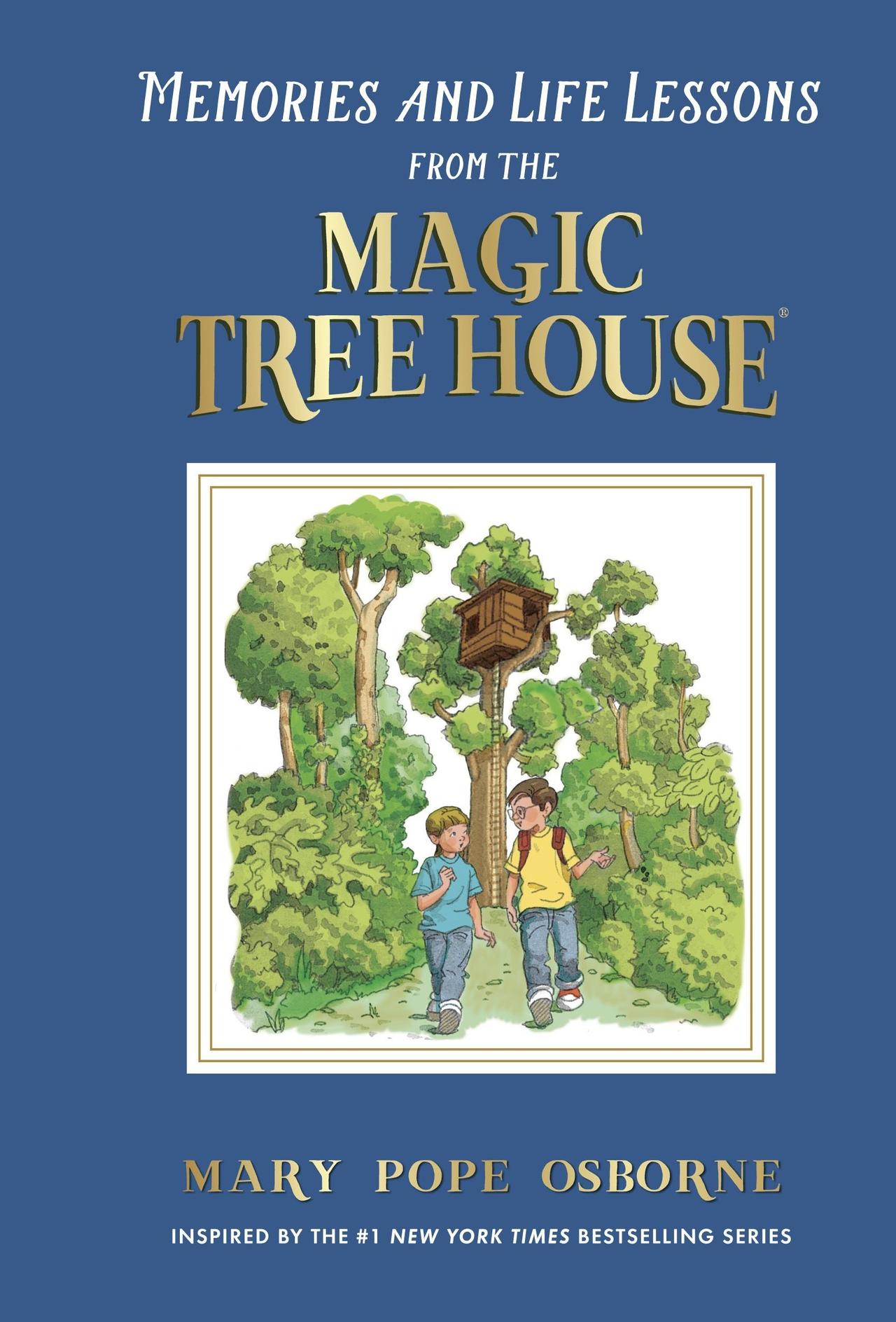
It's amazing, Tiffany. I wrote about 20 books before Magic Tree House, and I never imagined I'd end up in a mass market series that would repeat a pattern. But what's fueled it for 30 years has been teachers and parents and kids who write me and come to see me-- and in other countries too. I've made two visits to Japan to meet Magic Tree House readers and a lot to Europe, and everywhere I go I find this beautiful commonality among seven and eight-year-olds, primarily as the age group, of openness and kindness and gratitude.
So it's a great gig.
You mentioned research earlier. What is your research process for Magic Tree House?
It's pretty extensive. It's at least half of the process, and I start reaching for materials. I go on the internet, of course. I used to hoof it to libraries. I lived in New York City for many years. I'd go to all the libraries I could, check out all the books I could, go to the Barnes & Noble sales and get books, and go to museums and galleries, [on] whatever I was writing about. Now, I do a lot of that on the internet because I live up in a relatively small town in Massachusetts.
But I get lots of books that I order, and I still go to the library. I'll have volumes of books on every subject. It's some kind of security blanket-- way more than I need, but I start to go through them, and living details that stimulate me fill a little notebook, and that notebook starts to think itself into a pattern and an outline.
As I learn about this subject, I want my readers to learn about it and feel it the way I do. The research is very stimulating, and every time I set about to do it, I'm learning a lot of new information about a subject I don't really know that much about, and then going forward to write a book about it.
It's really one of the secret ingredients of why it remains so much fun to do this.

As time goes on and information changes, do you have kids coming to you saying, 'This book from 30 years ago is now wrong?'
Amazingly not. I think I've made two mistakes that grown-ups wrote me about. Well, one kid wrote me that there was a picture of a samurai and he had only one sword, but in the story, I said he had two swords. So I'll get that kind of correction from a very aware child. But someone wrote me that I had Jack and Annie land on the moon, and in the moon base, I didn't have it properly depicted because they would have been floating around, and I had them grounded. But, you know, that that's the only correction I've had.
I was just with RL Stine doing an event, and he had to say that yes, his media from the beginning is old fashioned now, but I never had any media in my stories except in one, I have cell phones. But they're used in a magical way to convince a king that his daughter should be the princess of on the Yucatan peninsula in Tulum 500 years ago. So I've only used it once, but to answer your question, no.
Magic Tree House has recently been adapted to graphic novels but years before that, images played an important role with the illustrations of Salvatore Murdocca. What do you think is so special about these original illustrations in building out the world of Magic Tree House?Sal and I came to this project together. I mean, I didn't know him, but Random chose him. And I think I was pretty involved from the get-go about a weighing in on the look of the characters and certainly on the covers, because I was going to so many schools and I would dummy up the cover myself and show it to kids and get them to vote on titles, the look of things.
And then I'd report back to my editor, and my editor ideals with the art director, and the art director deals with the artist. So I'm two people removed from Sal, which makes a whole machine run smoothly in children's publishing because [there's] so many parts. I was so lucky because he took time to get to know the characters, to really have fun with the settings.
And then, when I got more magic in the series, he loved the fantasy settings. And he got whole hog in his gifts to put in the Land-Behind-the-Clouds and Camelot and the different realities I created that were unearthly. Our combination of work really did help create the series.
I'm very, very lucky. And I continue to be lucky with [Ayana Amako], and with the graphic novels.

For a long time, I didn't want to do graphic novels because I was afraid it would-- the main joy of Tree House is that it teaches kids to read.
I love graphic novels, but I was afraid that it would shortcut the reading learning. Random House wanted to do them, and I held off until I read a study that said that the graphic novels can also help kids learn to read, kids who are reluctant, and can kind of get them over the bridge, which made sense to me, because that I did read comics a lot when I was very little. My brothers and I loved comics.
So I said yes, but I wanted to be involved with choosing the artists, and they sent me two boxes of graphic novels to look at all the design, and they were all kind of dark and edgy. I just didn't feel the spirit of the series. And then they sent Kelly and Nicole Matthews work, and it was like, 'Oh yeah, they've got the palette. They've got the look. They've got all this great setting stuff going on.' They have just exceeded all my expectations, and my best friend is a very gifted writer Jenny Laird. I got her to adapt my books because she's worked on the musicals of Magic Tree House. And I knew she knew the spirit of the stories. She adapted it, works with Kelly and Nicole and the editor. So I'm sort of out of that loop except to see various drafts of it or spreads.
But I am so blessed because it's just a wonderful team doing it, and it all worked out. I'm glad I waited until I did because we got the greatest people, and I didn't know those people. Finally I was on a Zoom book event with them, and they're twin sisters! They look exactly alike, live in the state of Washington out in a small town, and they get up super early in the morning and one of them does the drawing and one does the coloring. Anyway, I really love it.
You mentioned you read comics as a kid. Do you have any favorite comics from when you were a kid?
The Archie comics and Richie Rich and Veronica and Betty. I love Superman comics, and I love classic comics where they took stories and you know—Adaptations.
That's how I read Tale of Two Cities, and you go away as a child, and you think you've read Tale of Two Cities! Comics, when I was a little, one million years ago, they were only 10 cents each, so we could get a quarter when we went to the dime store. We were, three of us, all near the same age. We could get two comics. So that was a big deal, and we did that on many Saturdays. It was fun.
You mentioned earlier that literacy is really important to you, why is it such a big part of your work?
I have been to so many schools, and I know that there's a lot of challenge in a lot of communities, because there are not books in the home, and people are so, you know, overwhelmed with life, that they don't take a lot of time to read with kids or spend time reading to kids.
When I begin to realize that the percentages of children in underserved schools, don't read at grade level by the end of third grade, which is sort of my sweet spot... and if they can't read a Magic Tree House by the end of third grade, they're at risk of never catching up.
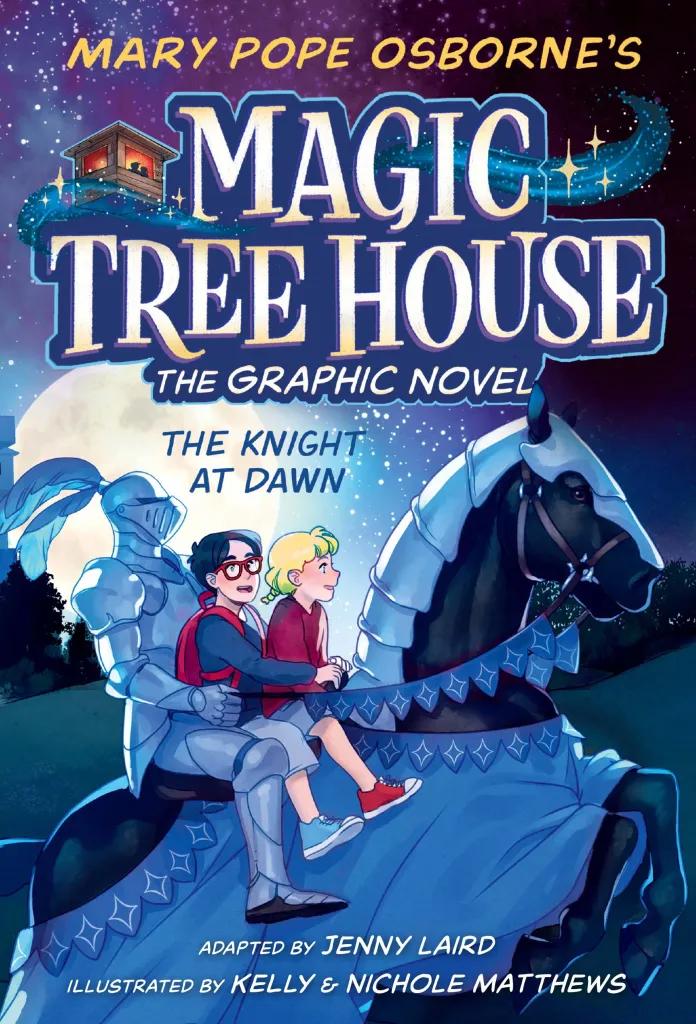
Because up until third grade, you read to learn to read. And after third grade, you read to learn information. So you're supposed to have your tools, and then you can move on ahead. When I discovered, how many kids have not had the real opportunity to learn to read, I started a classroom program on my own that gives away books to Title One schools.
Then we have these musicals that are done often by kids or shown in schools, and we do big book giveaways in combination with the musical. So the musicals can get streamed in their schools. Like in Chicago, we gave [my Shakespeare] book to all the second graders in Chicago, and we did the musical that got streamed into their schools.
Now we're doing this winter in Orlando, at the Shakespeare theater, a new show and the Tree House book on Jackie Robinson. They're all gonna get the book in the county, and they're all have the opportunity to see the musical.
So that became the action when I discovered the problem, and it's another big part of the whole Tree House world. We partner with the First Book organization to do this, and they've been wonderful. So it's a mission.
I grew up reading the books, and I'm sure you hear this quite often, but what is it like speaking to people who have grown up with your books? Because, seven to eight is kind of a short period of time, but it's been 30 years, right? What has it been like, interacting with older fans?
I mentioned doing an event with RL Stine at the Library of Congress, and I'm sure it was for Bob Stein as well as me, so many adults were in that line who had read the books as kids. Their sweetness when they come up to you— I always think what they're really remembering (that they don't know) is themselves at seven or eight, and they're so touched by that memory that I get credit. But it's not me. You know what I mean?
I'm sure some of it is you. I mean, I think it is, because kids are still reading the books right? They're still coming back to them now.
But here's another kind of an existential thought. You pick up a one of the books, and let's say it's one of the first. It's quite short-- 40, 50 pages, you're 25. You pick up the book and, go 'Really? This is it? I thought there was much more!' And then if you're smart, you'll realize, 'Oh, I invented the rest. I saw it. It was me in dinosaur times, and I filled it all out.'
And that's the miracle of reading. You are a co-creator, when it's just on the pages, not on a screen and it's not on the TV. We're giving you a code, and you're filling out the whole picture, and that's why they have such big good memories.
Memories and Life Lessons from the Magic Tree House is currently available for purchase at a bookstore near you, or keep your eye out for the Magic Tree House graphic novel adaptations and the original Magic Tree House books.
Watch Dav Pilkey make (and paint) Cat Kid Comic Club's Frogzilla in exclusive video
Follow Popverse for upcoming event coverage and news
Find out how we conduct our review by reading our review policy
Let Popverse be your tour guide through the wilderness of pop culture
Sign in and let us help you find your new favorite thing.


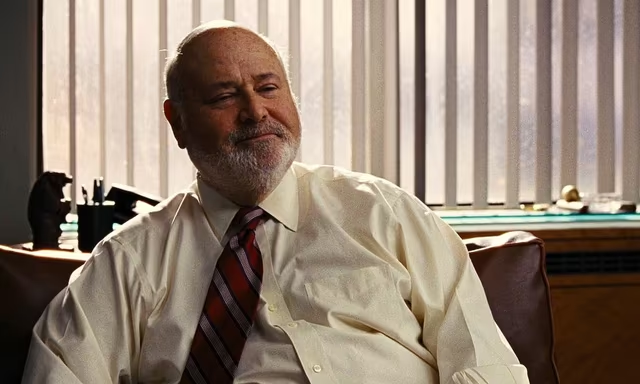
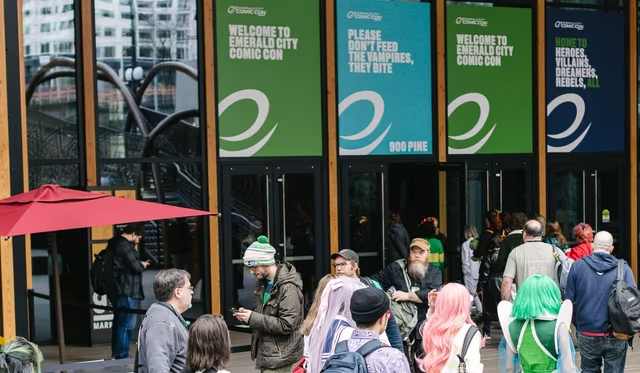


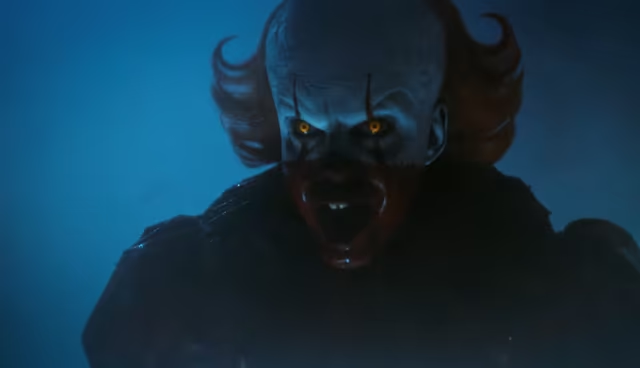
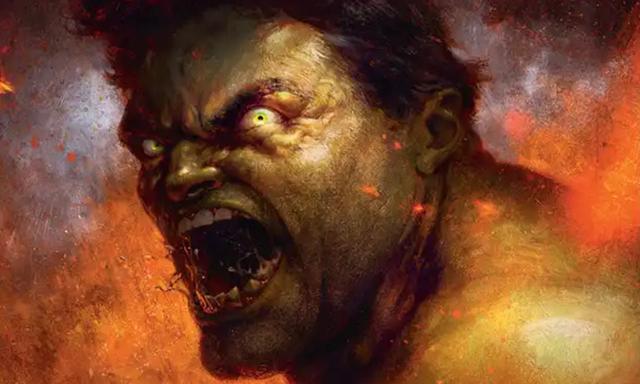








Comments
Want to join the discussion? Please activate your account first.
Visit Reedpop ID if you need to resend the confirmation email.